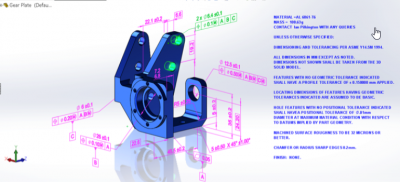 Software is a simple word, but the impact it has on industry is considerable. It’s safe to say that it’s the brains behind PLM processes, but it’s not a stagnant thing. Like all types of software, it is continually being patched, revamped, and upgraded to provide maximum benefit for users.
Software is a simple word, but the impact it has on industry is considerable. It’s safe to say that it’s the brains behind PLM processes, but it’s not a stagnant thing. Like all types of software, it is continually being patched, revamped, and upgraded to provide maximum benefit for users.
At Dynamic Solutions Associates, Inc. (DSA), we’ve got vast experience and insight into why it’s important to stay on top of software updates and use the latest versions available. Read on to learn more about how PLM upgrade services will benefit your company’s processes.
By taking advantage of all updates and upgrades, your company will be able to make the most of the latest efficiencies and functionality offered by the newer system. A comprehensive approach such as ours is meticulous and well-planned so that the transition is smooth and seamless.
Make sure the company you work with for your upgrade has an established methodology to follow and communicates fully what that is and how it will work for you. Our system features a full functional analysis and incorporates testing, reconfiguring, and timely resolution of any errors.
Whatever team you choose to work with, make sure they offer zero downtime during the upgrade, fast deployment, and no loss of intellectual property.

 Model-based design
Model-based design In today’s complex business landscape, success or failure often depends on utilizing technology effectively. Fortunately, you can get a boost from streamlined
In today’s complex business landscape, success or failure often depends on utilizing technology effectively. Fortunately, you can get a boost from streamlined  A process-oriented
A process-oriented  The major transition between the past and future in engineering is all about models. Model based enterprises, are the key to growing your business and staying ready for tomorrow’s challenges. Our
The major transition between the past and future in engineering is all about models. Model based enterprises, are the key to growing your business and staying ready for tomorrow’s challenges. Our  The best companies always look for the latest ways to help their engineers succeed. Today, one of the most exciting options to support your success is
The best companies always look for the latest ways to help their engineers succeed. Today, one of the most exciting options to support your success is 
